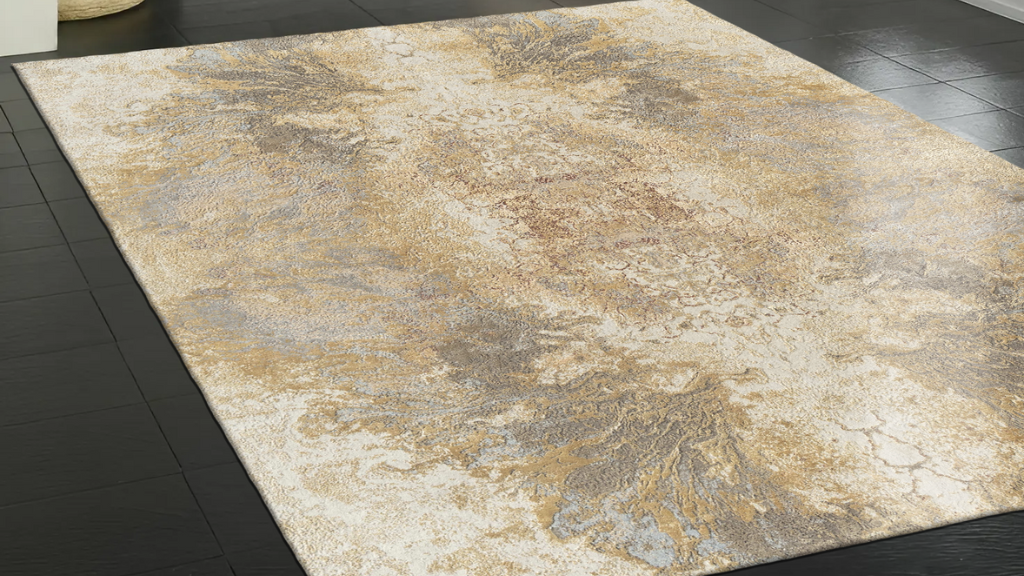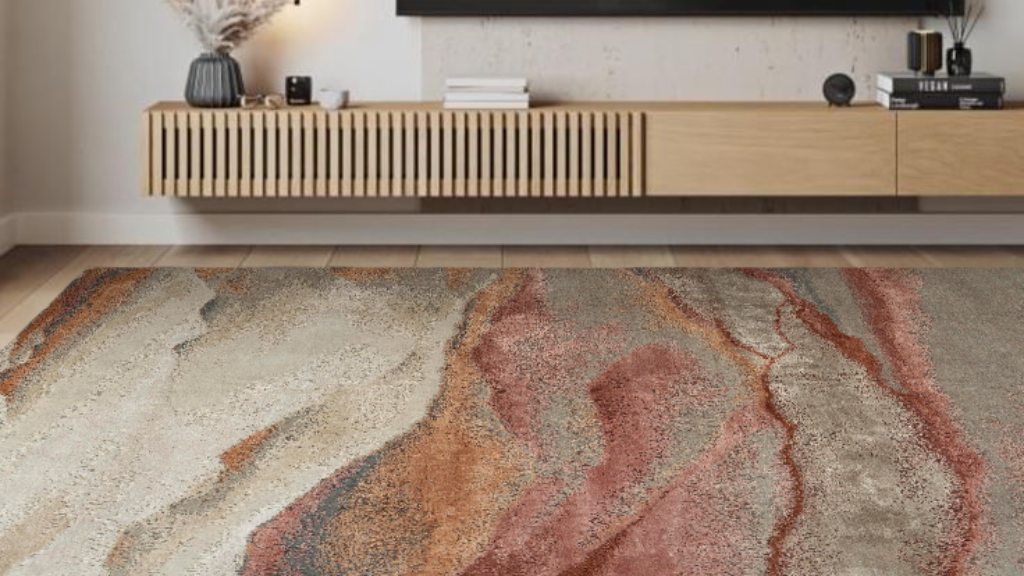Handmade goods have a timeless appeal in a world when mass manufacturing frequently eclipses craftsmanship. Particularly handmade rugs represent decades of craftsmanship, skill, and tradition. It is crucial to know what constitutes a high-quality handmade rug, regardless of your level of experience as a collector or your desire to purchase your first acquisition. Everything about it, from the materials to the weaving methods, adds to its longevity and worth.
The Importance of Handmade Rugs
Rugs created by hand have a certain charm that distinguishes them from their machine-made equivalents. Every rug is a one-of-a-kind work of art that embodies the history, culture, and workmanship of its country of origin. These carpets convey tales and bear the signature of expert craftspeople, whether they are Moroccan Berber rugs with geometric designs or Persian rugs with elaborate floral themes.
Handmade rugs are renowned for their durability in addition to their beauty. These carpets are made with natural materials like cotton, silk, or wool and are meant to last. Natural fibers age gently and acquire a deep patina that accentuates their beauty, in contrast to synthetic materials seen in mass-produced rugs.
Key Characteristics of Quality Handmade Rugs
Identifying a quality handmade rug requires a trained eye and an appreciation for craftsmanship. Here are the key characteristics to look for:
1. Materials
Any handmade rug’s foundation is its material composition. Natural fibers with a sumptuous feel and strength, like silk and wool, are highly prized. Particularly wool is a well-liked option since it can withstand stains and hold its shape over time. Rugs made of silk seem more radiant, but they need more careful maintenance.
2. Knot Density
One of the most important metrics for evaluating the quality and complexity of a rug is knot density, which is the number of knots per square inch. Increased knot density is frequently a sign of better durability and craftsmanship. Higher knot counts on rugs result in finer details and a more distinct design, which makes them highly sought-after by collectors.
3. Design and Pattern
The diverse range of motifs and patterns found in handmade rugs is influenced by the weavers’ cultural traditions and the location they are from. The intricate and symmetrical pattern, whether it features floral themes seen in Persian carpets or tribal designs found in Moroccan rugs, demonstrates the artisan’s skill. Verify the design’s coherence, line quality, and motif clarity.
4. Coloring and Dyeing Techniques
Handmade rugs typically have colors that are created using natural dyes, which add a depth and richness that artificial dyes are unable to match. Artists can generate vivid colors that age gracefully over time by using methods like traditional dye baths or vegetable dyeing. Natural dyes add to the rug’s sustainability and environmental friendliness.
5. Weaving Technique
Depending on its style and place of origin, a handmade rug’s weaving method might differ greatly. Persian rugs, for instance, are frequently knotted by hand, with each knot being tied around the warp threads one at a time. The upshot of this labor-intensive procedure is a rich pile carpeting that is long-lasting. On the other hand, a method used to weave flat-woven rugs, such as Dhurries or Kilims, results in a pile-free, level surface that is perfect for wall hangings as well as floor coverings.
6. Rug Origins and Traditions
Gaining insight into the customs and cultural background of handcrafted rugs might enhance your admiration for their artistry. Rug-making has a lengthy history, with each region—Persia (modern-day Iran), Turkey, India, and Morocco—having its own unique designs and methods. An understanding of a rug’s design, construction, and craftsmanship can be gained by investigating its provenance.
How to Assess a Handmade Rug
When evaluating a handmade rug, consider the following steps to ensure its quality and authenticity:
1. Feel the Texture
To feel the feel of the fibers, run your palm over the rug’s surface. Wool carpets of superior quality should have a bouncy elasticity and feel soft and dense. Silk rugs will have an opulent luster and a softer texture. Steer clear of carpets that feel coarse or rough since they can be constructed with subpar materials.
2. Check the Knot Density
To determine the knot density of the rug, look at the back of it. Knots in a high-quality rug will be closely spaced, with little space between them. If at all possible, count the knots per square inch; nevertheless, this may call for some experience. Denser knotting is a sign of better durability and craftsmanship.
3. Examine the Fringes and Edges
Take note of the rug’s edges and fringes as they may hold information about how it was made. The structure of handmade carpets is often reinforced by the hand-sewn edges or the beautifully braided fringes. Conversely, fringes on machine-made rugs might be added after the fact.
4. Look for Imperfections
In contrast to common perception, flaws in handcrafted rugs might indicate their genuineness. A hand-made rug will typically have small color variations, inconsistencies in the pattern, or some asymmetry. These flaws give the rug personality and individuality, setting it apart from mass-produced substitutes.
5. Consider the Price
Remarkable handcrafted rugs are an investment, and their cost is commensurate with the artistry, materials, and uniqueness of the item. Rugs that are priced much less than their equivalents should be avoided since they can be machine-made or of lower quality. In order to make an informed choice, find out the market worth of carpets from respectable merchants and auction houses.
Caring for Your Handmade Rug
Once you’ve chosen a high-quality handmade rug, it will require proper care and upkeep to maintain its life and beauty:
- Regular Cleaning: Regular vacuuming will help to get rid of dust and debris from your rug. Do not vacuum the fringe or use revolving brushes.
- Spot Cleaning: Spot spills right away with a fresh cloth and a little dish soap. Removing the stain by rubbing it off will harm the fibers.
- Rotation: To maintain even wear and sunlight exposure, turn your rug occasionally.
- Professional Cleaning: Every few years, consider having your rug professionally cleaned to give it a deep clean and new look.

Conclusion
A high-quality, hand-tufted rug is a work of art that embodies decades of history and workmanship, not just a floor covering. You may choose wisely when adding a handmade rug to your house or collection if you are aware of its essential features. Every element of the rug—from the materials and knot density to the design and weaving method—contributes to its aesthetic appeal, robustness, and cultural value. Whether you’re drawn to the striking patterns of Moroccan rugs or the classic beauty of Persian rugs, purchasing a handmade rug is a statement of your admiration for artistry and skill.


